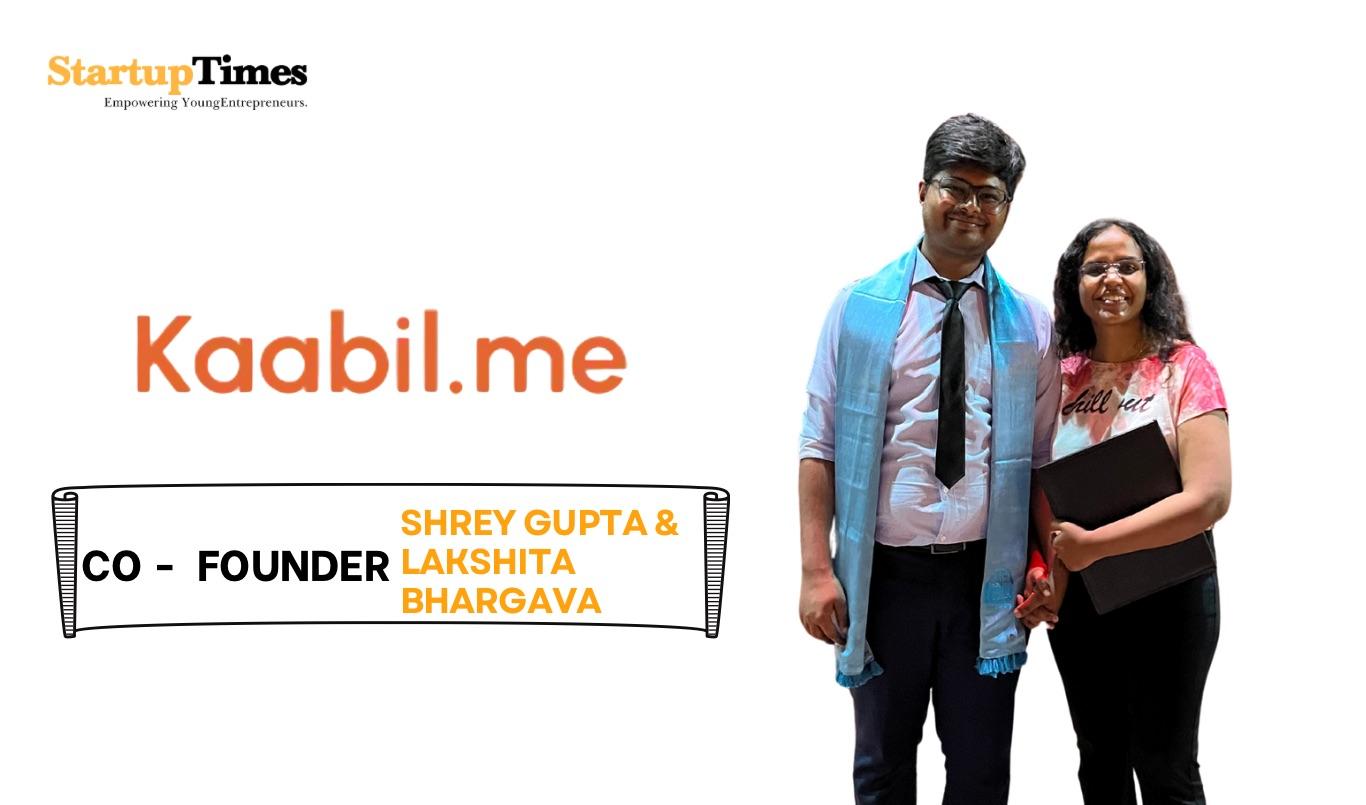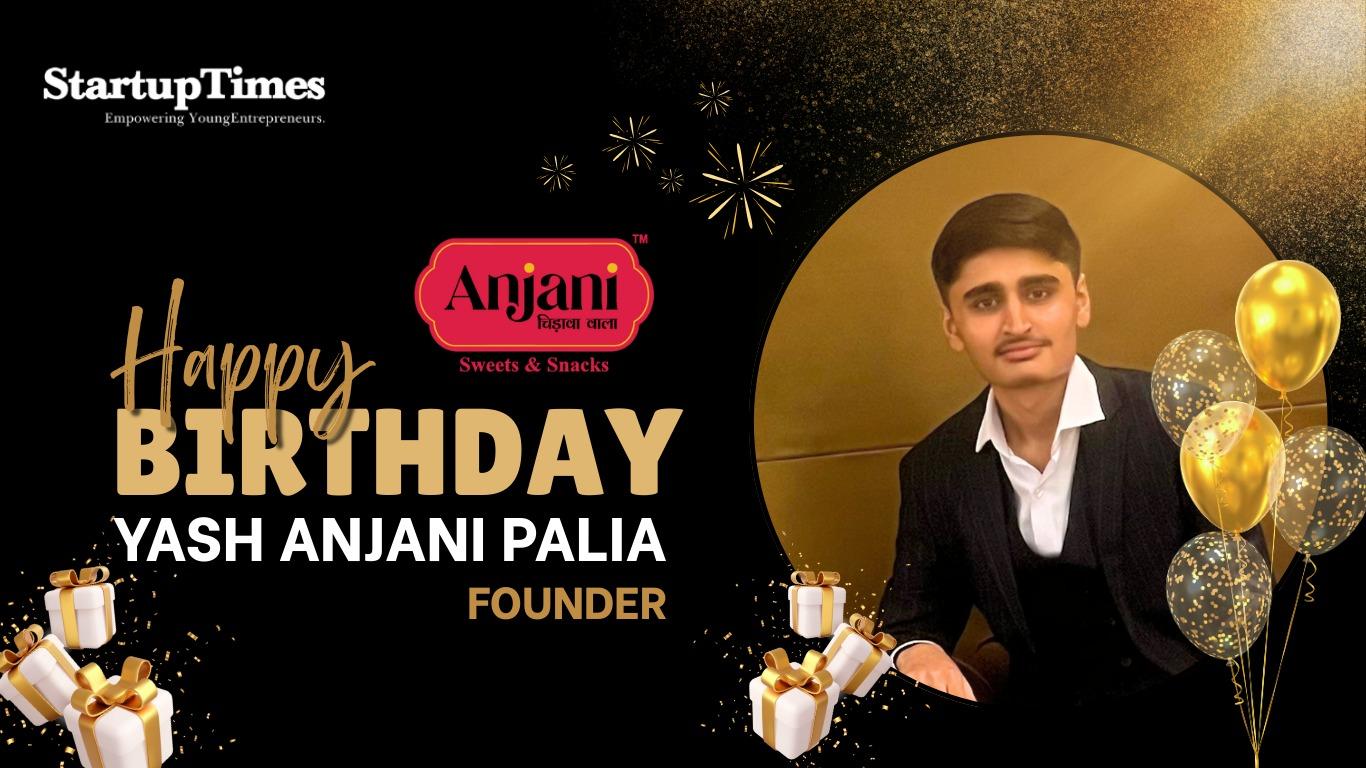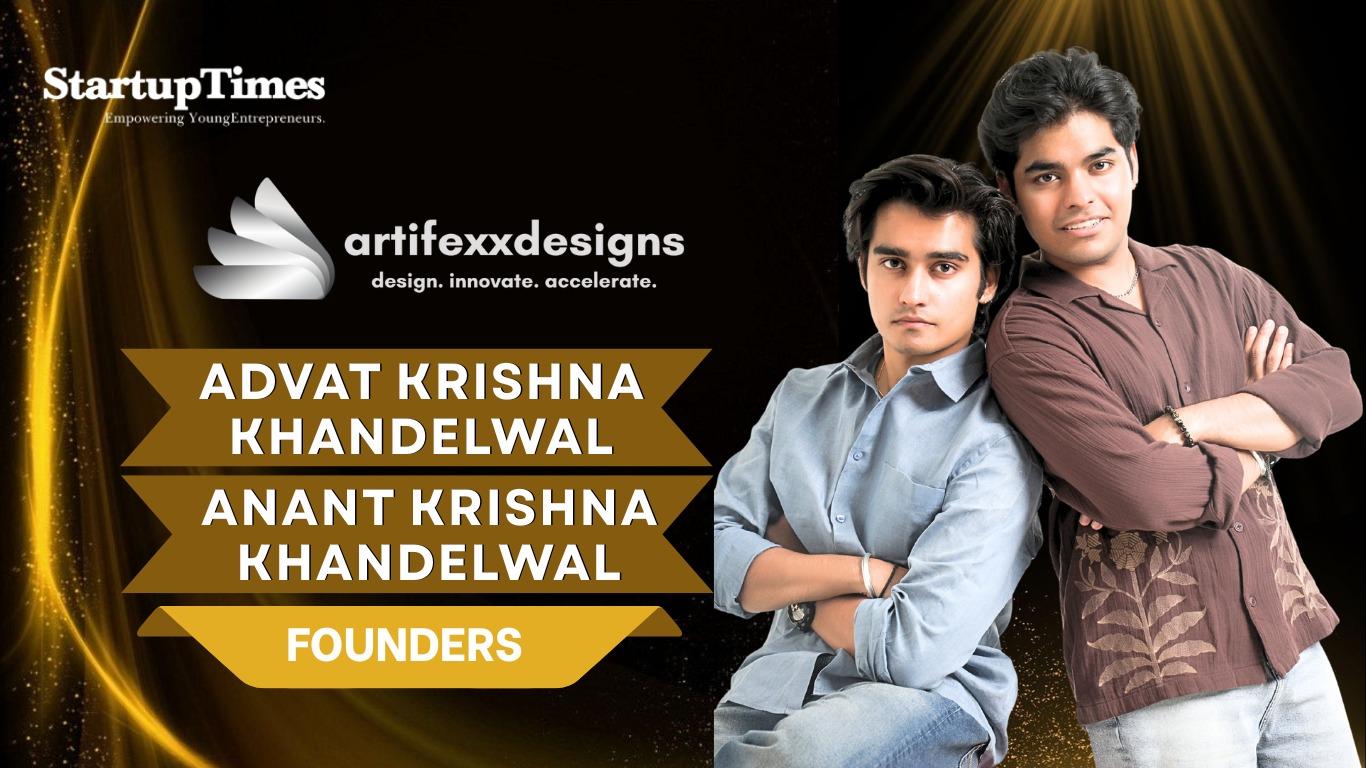From a Family of Educators to a Vision for Every Student
Shrey Gupta and Lakshita’sjourneyinto education wasn’t planned—it was inherited.
“I come from a family of teachers,” he says. “My father, an IIT Delhi graduate, and my mother have been teaching for over 20 years. I grew up helping them and solving doubts for my classmates—and even seniors—since I was 11.”
By 17, Shrey had earned national acclaim, cracking India’s toughest science and math Olympiads (INPhO, INAO, KVPY) and ranking 1220 in JEE Advanced 2016. That academic excellence led him to IISc Bangalore for a dual B.S.–M.Sc. in Physics, where he dived into cutting-edge machine learning research across disciplines—from astronomy with ISRO to molecular biology at IISc itself.
Later, while working at a UK-based carbon-tech startup and then pursuing an MBA at IIM Ahmedabad, a lightbulb moment changed everything.
The ChatGPT Spark: From Passive Use to Active Learning
The inspiration for Kaabil came, as Shrey recalls, from a single seismic shift in how students interacted with AI.
“On November 30, 2022, ChatGPT launched. And overnight, I saw students at IIMA shift from reading case briefs to copy-pasting PDFs into ChatGPT,” he says. “But professors still expected deep insight, not just summaries. That mismatch made something click.”
Shrey built GlobeNoMore, a tool where MBA students could upload entire case PDFs and ask complex questions, eliminating the copy-paste chaos. It spread rapidly on campus, used by over 100 students per week.
“That was when I knew there was a hunger for better learning tools,” he adds. “Not just faster, but smarter.”
What stood out was how both students and teachers had started using AI, but for fundamentally different purposes. Students turned to AI for quick answers, while teachers relied on it to detect AI-generated responses. Both were using AI, yet neither was using it to truly enhance learning. That revealed a deeper problem and an opportunity.
Kaabil emerged as a way to bridge that gap by giving both students and teachers the tools and a shared platform to actively engage with AI, not as a shortcut, but as a catalyst for deeper learning.

Meet Kaabil: A Teaching Assistant That Benefits All
Together with co-founder Lakshita Bhargava—a mathematician-turned-lawyer with a passion for AI and education reform—Shrey launched Kaabil.mein April 2024. Their goal? To give every student and teacher access to a personal teaching assistant, powered by AI.
“We call them Kaabil TAs,” Shrey explains. “They’re audiovisual AI avatars that do almost everything a human teacher does—creating lessons, checking homework, solving doubts, giving feedback.”
But unlike many edtech tools that only benefit top students or urban classrooms, Kaabil is built with inclusivity at its core.
“Our AI doesn’t just deliver lectures,” Lakshita adds. “It engages learners in conversation, uses real-life examples, stays patient, and guides with instant feedback—anytime, anywhere.”
Solving India’s Real Education Gaps
India’s education system has long been marred by inequality—something both founders saw firsthand.
“Teacher accessibility is one of India’s most persistent problems,” Shrey says. “Students in Tier 2 and 3 cities, or from low-income families, often get little or no one-on-one attention.”
Meanwhile, teachers are stretched thin—caught in an endless loop of grading, paperwork, and standardized lessons. Kaabil’s vision is to eliminate that burden through AI-driven automation.
“We’re not trying to replace teachers,” says Lakshita. “We’re trying to freethem—so they can spend more time mentoring, inspiring, and connecting with their students.”

Crafting the Product: Learning from Every User
Launching Kaabil wasn’t smooth sailing. In fact, one of the first challenges was unexpected:
“We thought one product would work for everyone,” Shrey admits. “But a school teacher, a coaching center, and a working professional all use technology differently.”
Kaabil responded by testing its MVP with diverse users—students, educators, parents. The team tailored features for each group: collaborative lesson templates for teachers, bite-sized nudges for adult learners, adaptive practice drills for exam aspirants.
Another key challenge? Keeping students engaged.
“Pure AI can feel robotic,” says Shrey. “So we added human touches—XP points, coins for effort, subtle gamification. It turned passive users into active learners.”
The Breakthrough: Winning Trust in Real Classrooms
Kaabil’s big break came with a pilot at Aaditya International Schools. Teachers cut lesson prep time by a third, while students eagerly turned to Kaabil for help—even afterschool.
“They weren’t just using it—they were choosingit,” Shrey says with pride.
Soon after, a top IAS and JEE coaching institute tested Kaabil’s question-generation engine. In minutes, it produced hundreds of curriculum-aligned STEM and Humanities questions—each one that would be graded automatically.
“When those instructors saw the rigor of our platform, they started integrating Kaabil into mock-test cycles. That was huge.”

Lakshita Bhargava: Crafting AI Education with a Legal Lens
While earning her degrees in mathematics and law, Lakshita began teaching dozens of students. It was in those classrooms that she saw firsthand how gaps in lesson planning, doubt resolution, and personalized feedback left learners behind.
While Shrey built the product, Lakshita brought a policy lens to Kaabil—a critical element in scaling AI ethically.
With legal experience at the Competition Commission of Indiaand the Rajasthan High Court, Lakshita now consults on AI governance with a Swiss policy firm, shaping how AI intersects with society.
Her hands-on work with Teach for Learning, a social organization committed to eliminating learning gaps and addressing challenges at the grassroots level, provides her with insights that inform the needs of both students and teachers.
“This summer, I’m heading to UC Berkeley for an Executive LL.M. in AI Governance Law,” she shares. “It’s vital we design AI solutions that are inclusive, ethical, and adaptable across diverse learner populations.”
Looking Ahead: A Mission to Serve Every Learner
Kaabil isn’t just building tools—it’s building an ecosystem. In the next five years, the team plans to scale across five pillars:
• Universal Reach– Offline-ready apps in Indian languages, distributed via schools, NGOs, and government channels.
• Seamless Support– AI that offers personalized study paths and instant doubt-solving.
• Teacher Efficiency– Automated grading, planning, and record-keeping.
• Connected Community– Dashboards for parents, learners, and teachers, with peer forums and best practices.
• Data-Driven Insights– Learning analytics to spotlight gaps and guide interventions.
“We want to be the go-to platform for every teacher, parent and student,” says Shrey. “Not just in metros—but we reach in every town, village, and classroom.”
Final Thoughts: “Every Student is Kaabil”
What’s in a name? For Shrey and Lakshita, everything.
“‘Kaabil’ means capable,” Lakshita explains. “And we genuinely believe every student is capable—if given the right tools, the right time, and the right support.”
Their message to aspiring entrepreneurs in AI?
“Start with the problem—not the tech,” says Shrey. “If your solution doesn’t feel human, it won’tstick. Listen more. Iterate fast. And build what people actually need—not just what you canbuild.”
Connect With Kaabil
Follow Shrey and Lakshita’s journey—and see how Kaabil is reshaping education, one AI assistant at a time:
• 📸 Instagram: @kaabil.me Whether you're a teacher overwhelmed with planning, a student craving real feedback, or an institution looking for scalable AI learning tools—Kaabil wants to work with you.
With a unified dashboard connecting parents, teachers, and students, Kaabil ensures seamless collaboration and transparency in every classroom.
We’re here to empower you—and more importantly, we’re here to listenand provide the right help tailored to your needs.
👉 Visit kaabil.meand explore how AI can transform and elevate your educational journey.













